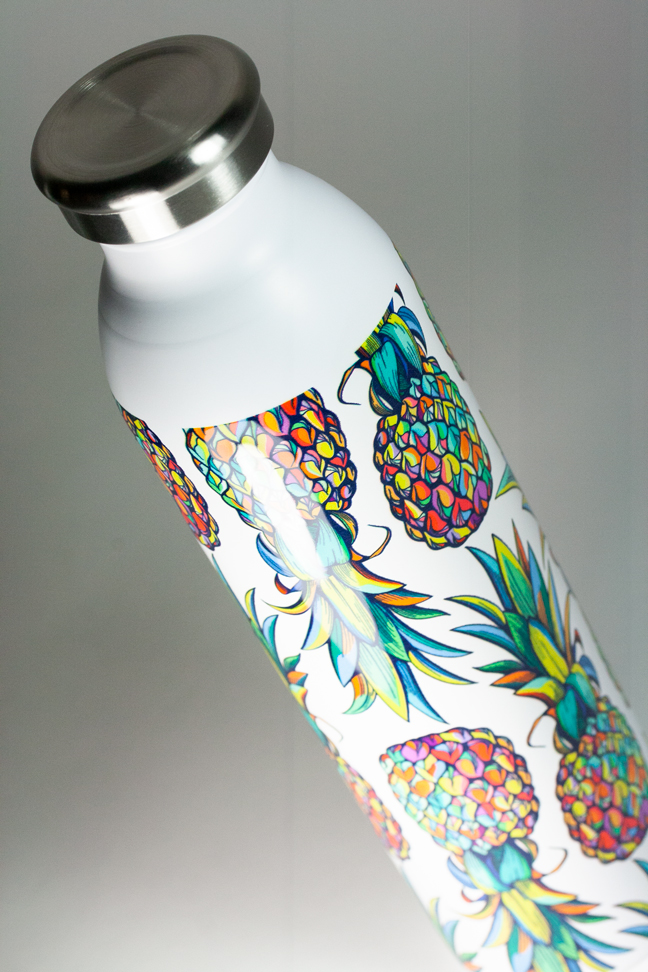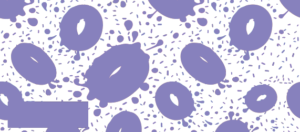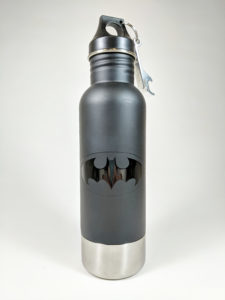- Equipment
- Inks & Supplies
- Services
- Applications
- Tagless
- Resources
- About Us
- Contact Us

When discussing printing techniques, many times the term ‘spot varnish’ is mentioned especially in reference to UV printing. Spot varnish simply means that the artwork will highlight certain aspects of a design with a varnish layer.
Varnish is a clear ink printed over the CMYK and W in UV printing. Omitting the varnish will leave the design looking more matte. Adding the varnish will give the artwork the glossy appearance.
When it comes to the quality or durability of the product, varnish does not make the graphic more or less resistant to scratching or peeling off. Varnish is simply a design feature that companies may choose to use or not. Rather, durability of the print is reliant on a combination of the proper substrate, pre-treatment and UV ink combination. Some substrates will not require pre-treatment depending on the product and ink or on the adhesion properties set forth by the customer.
The spot in spot varnish simply means that only pieces of the graphic will contain varnish. For example, in the image below, a spot varnish was used. As you can see in the artwork rendering, the pink tells the printer which areas to print varnish. It is not printed everywhere, just in certain areas to showcase a new design technique. This leads into the next question which is how does my printer identify spot varnish vs. no spot varnish. By prepping your artwork and calling out specific pieces for spot varnish, you are instructing the printing where and where not to add this glossy layer.

In the series UV Cylindrical Inkjet Printer Design Features, we touched upon many features that can be accomplished using a UV printer. Regarding this article, where does spot varnish fit in?

Have one of cylindrical inkjet printers and want to use spot varnish or any other design technique? Contact our Inkjet Tech Service Team
Interested in purchasing one of our cylindrical inkjet printers? Contact a Sales Representative in your area.
Back to Blog Home
Add Your Comment